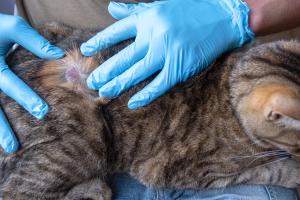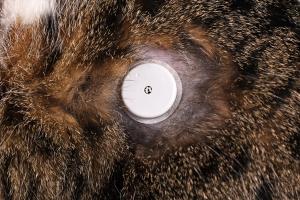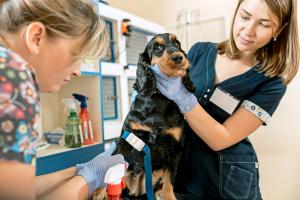News
All series
Advertisement
Advertisement
Trending on dvm360
1
New programs to launch at 5 top veterinary schools
2
Frozen dog food voluntarily recalled following complaints of plastic contamination
3
FDA approves maropitant citrate injectable solution
4
Prevent tick-borne disease with time-sensitive interventions
5














